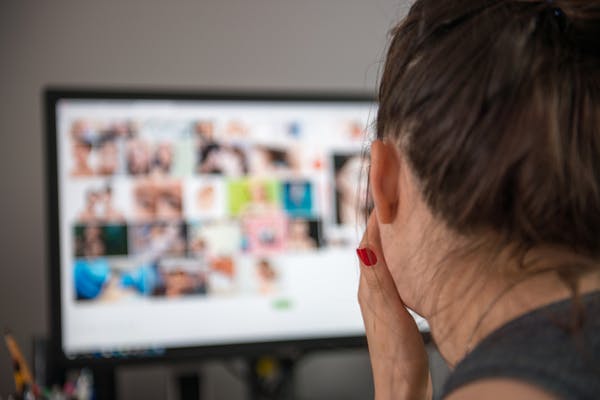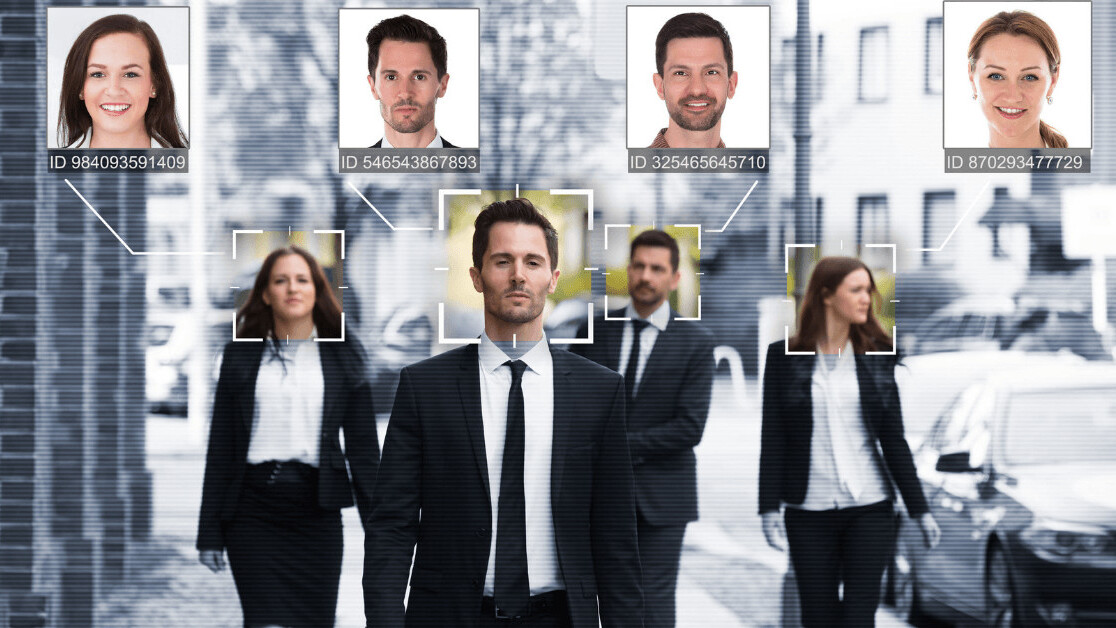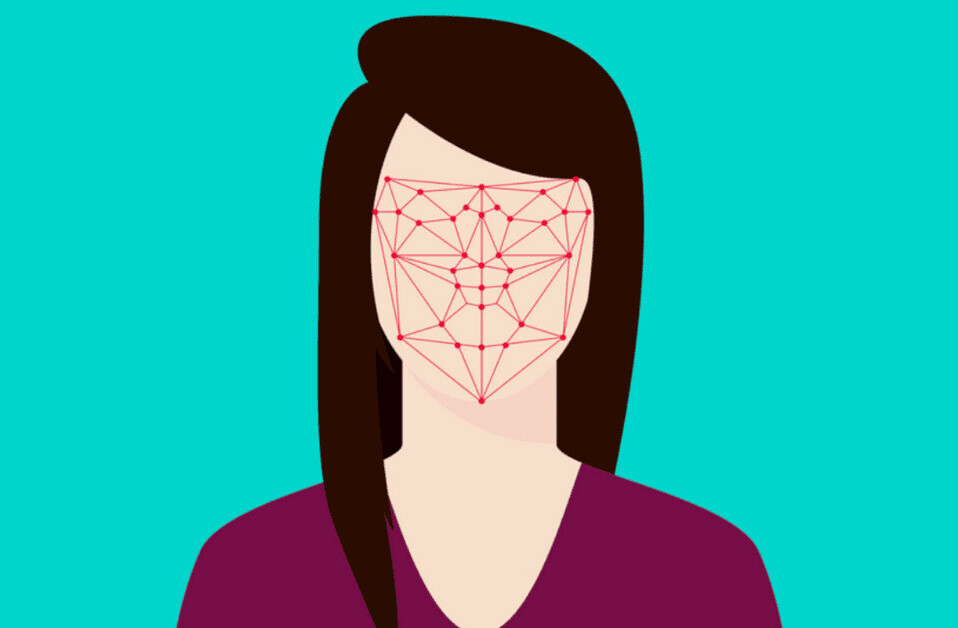People often say that they never forget a face, but for some people, this claim might actually be true. So-called super recognizers are said to possess exceptional face recognition abilities, often remembering the faces of those they have only briefly encountered or haven’t seen for many years. Their unique skills have even caught the attention of policing and security organizations, who have begun using super recognizers to match photographs of suspects or missing persons to blurry CCTV footage.
But recent research conducted at Bournemouth University shows that the methods used to identify super recognizers are limited, and that the people recruited for this work might not always be as super as initially thought.
Identifications made by super recognizers can’t be used as evidence in court, but can help police early on in the investigative process. Super recognizers can also help revive cold cases by viewing archival footage to identify possible repeat offenders who were present around known crime scenes.
The people who come forward as possible super recognizers do so because they believe they have a knack for remembering faces. However, research suggests people aren’t very well equipped to judge their skill in this area and often aren’t as good at identification as they think they are.
Volunteers’ claims are usually validated using a computer-based test of face memory. This test usually involves memorizing and then recalling a set of unfamiliar faces. But it seems unlikely that we can draw firm conclusions about a person’s face recognition ability on the basis of a single test. Poor performance could reflect fatigue, illness or poor motivation, and good performance may simply arise through chance.
Multiple tests needed
Based on these limitations, my colleagues at Bournemouth University have attempted to devise a rigorous way to identify super recognizers. To do this, they put 200 self-selected participants through a series of face recognition tests to try to assess which combination of tasks were important for identifying the most consistent face-recognizers.
The researchers found that, to get a reliable result, any test should assess several elements of face recognition ability and in multiple ways. For example, some participants displayed only average performance on face memory tests but excelled in face-matching tasks. These involved deciding whether a pair of faces depicted the same person (this seemingly simple task is actually deceptively difficult to perform).

Similarly, some participants fared well in the standard computer-based memory test but not a newer test involving memorizing and recalling very different images of the same face with different angles, lighting, and facial expressions. Others did well in the new test but not the standard one, while the most consistent performers did well in both. This suggests using a single measure of face recognition ability might show participants to be better or worse than they really are. Multiple tests provide a more reliable estimate of ability.
These findings support the argument that current simple tests may identify some people as super recognizers who aren’t actually all that good at facial recognition, and miss other better performers. The results also make the case for matching super recognizers to different tasks depending on their strengths. For example, people with strong face-matching abilities would be better at matching suspects or missing persons across different photographic or video examples. Those with strong face memory skills would be better at selecting potential repeat offenders from lots of archival images.
Research is now taking place as a collaboration between academics and law enforcement in the hope of producing more rigorous and diverse ways to identify super recognizers and match them to the most suitable tasks. Collaborative efforts will ensure that this so far uniquely human skill is put to best use.![]()
Emma Portch, Lecturer in Psychology, Bournemouth University
This article is republished from The Conversation under a Creative Commons license. Read the original article.
Get the TNW newsletter
Get the most important tech news in your inbox each week.






